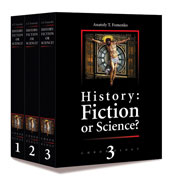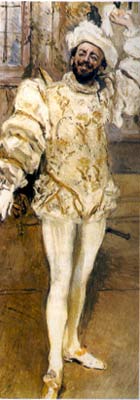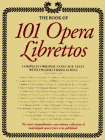|
view operas online! |
||
|
Learn how and why Ancient Rome, Greece and Egypt were invented and crafted during Renaissance. Discover the Old Testament as a veiled rendition of events of Middle Ages written centuries after the New Testament. Perceive the Crusaders as contemporaries of The Crucifixion punishing the tormentors of the Messiah. What if Jesus Christ was born in 1053 and crucified in 1086 AD?
Aria duce
Church procession
|
||||||
From the very beginning opera brought together all the arts. It involved painting, poetry, drama, dance and music, making it the most complex of art forms. It was, as Samuel Johnson later pointed out, exotic and irrational, and, as many have found, remarkably expensive. It remained, nevertheless, of continuing social and political importance. In the first respect it edified and entertained, and in the second it served as an expression of the power and splendour of the monarch in an age of kings. Early Opera
... Opera Seria
Opera Buffa
In the 18th century there was a parallel development of what was later known as opera buffa (comic opera). This had its roots in the ancient Roman comedy of Plautus and Terence and this in turn had been derived from ancient Greek New Comedy. Features of these were stock characters, comic and cunning servants, angry and parsimonious fathers, passionate lovers, amorous daughters and bragging soldiers. With them came a preoccupation with what was recognisable as ordinary life, however simplified. Another source of Italian comedy was found in the associated improvised theatre of the commedia dell'arte , with its similar array of stock characters. Opera buffa corresponded to contemporary spoken drama and opera texts owed a great deal to the work of the playwright Goldoni. Oddly enough, the earlier historical process was now reversed. In the 17 th century tragedy had acquired comic elements. Now serious characters began to find a place in comic opera, which became less comic and more realistic. These more dramatically credible plots found a place in Italian operas such as those written in Vienna by Mozart and his librettist Lorenzo da Ponte and their contemporaries. Reform Opera
Serious Italian opera, again at first in Vienna, underwent a marked reform with the work of Gluck and the librettist Calzabigi. Between them they succeeded, largely under French influence, in introducing simplifications. The formal requirements of the old opera seria were reduced, allowing a greater degree of realism. Gluck, in fact, claimed that he made music the servant of poetry, never introducing novelties or distractions from the dramatic situation. He explained his principles clearly in his introduction to the opera Alceste, published in 1768. These had already been put into practice in 1762 with his version of the story of Orpheus, Orfeo ed Euridice (Orpheus and Eurydice). |
||||||
| top
|
||||||







 View opera RIGOLETTO
View opera RIGOLETTO


